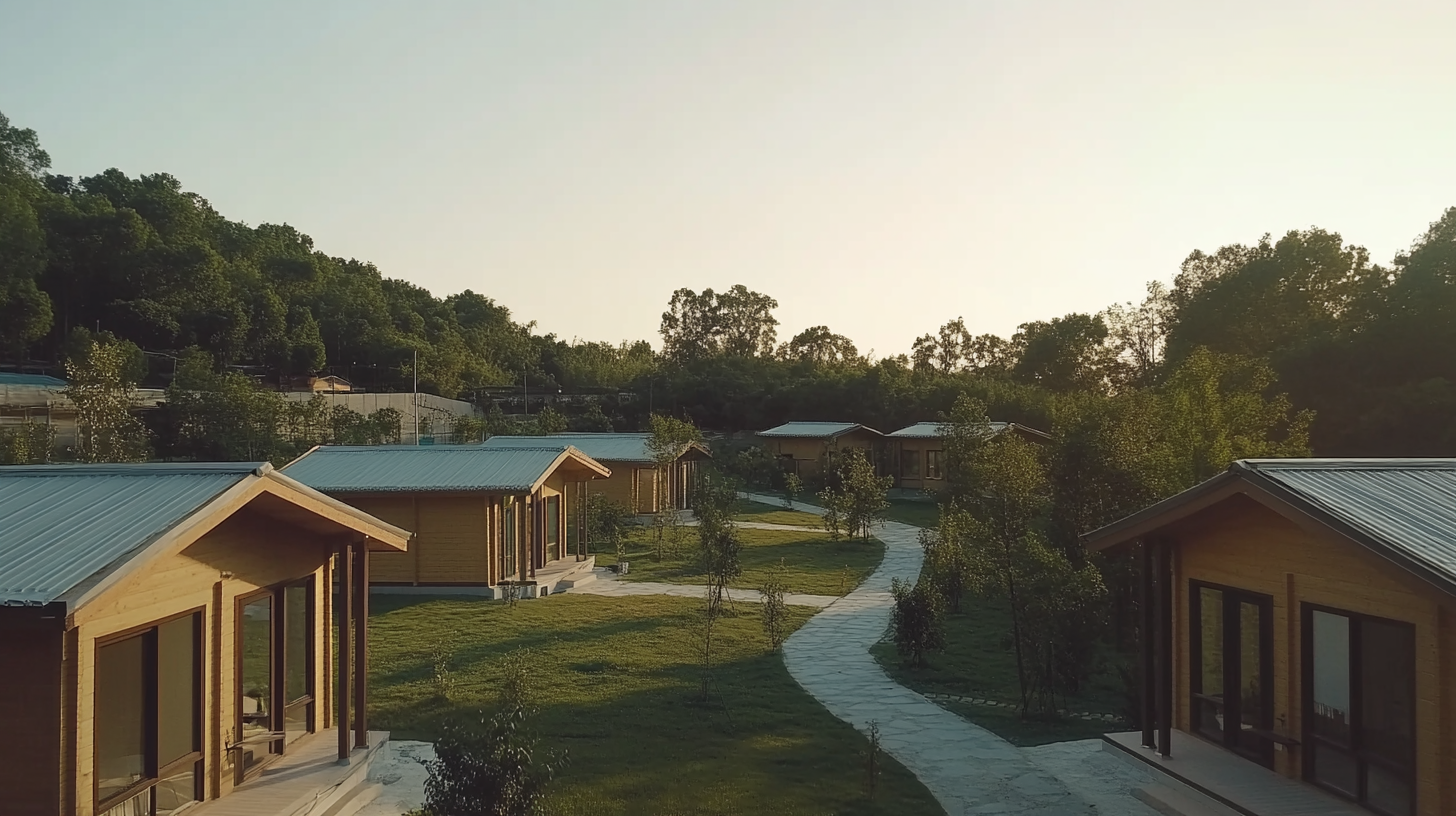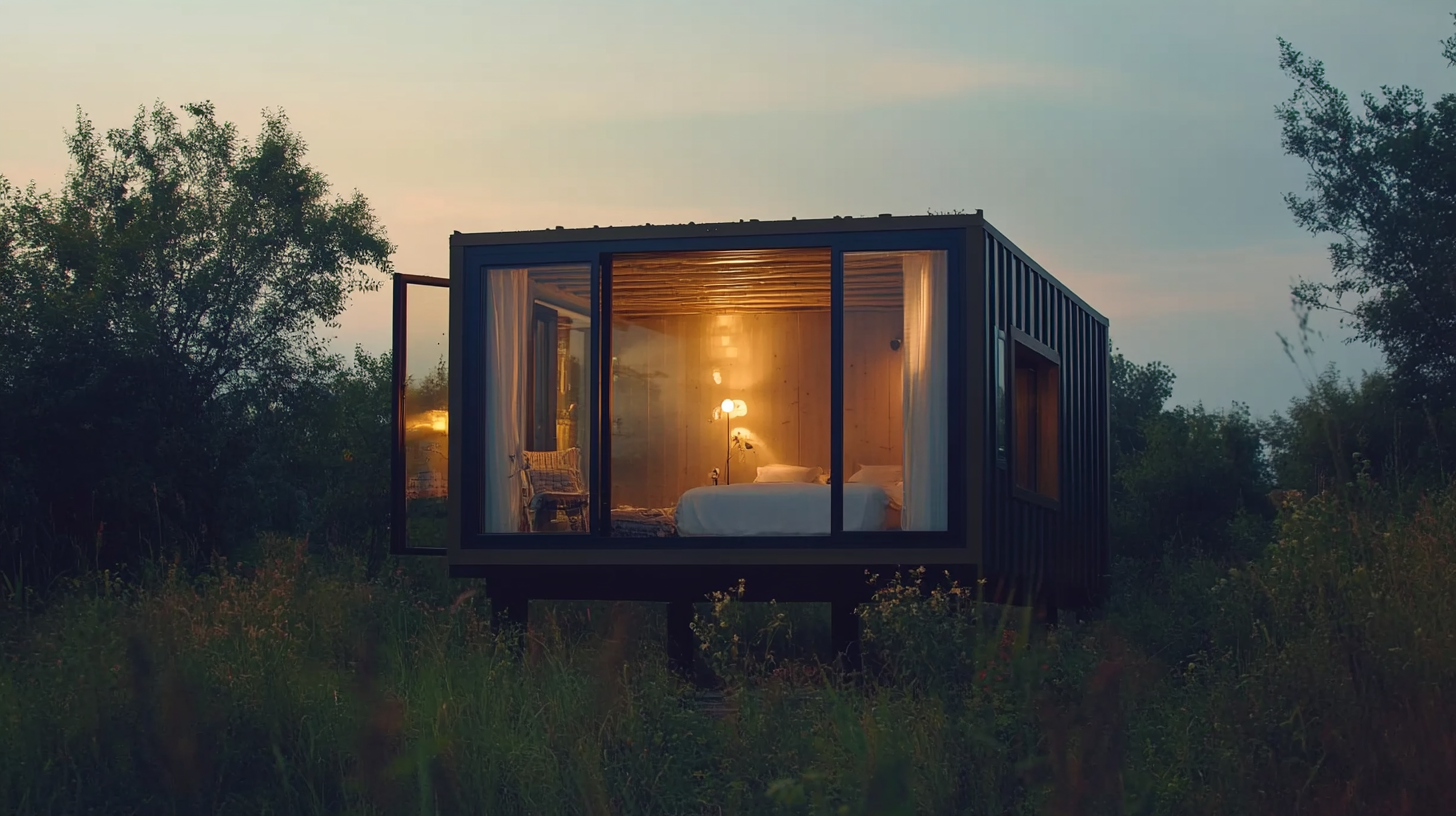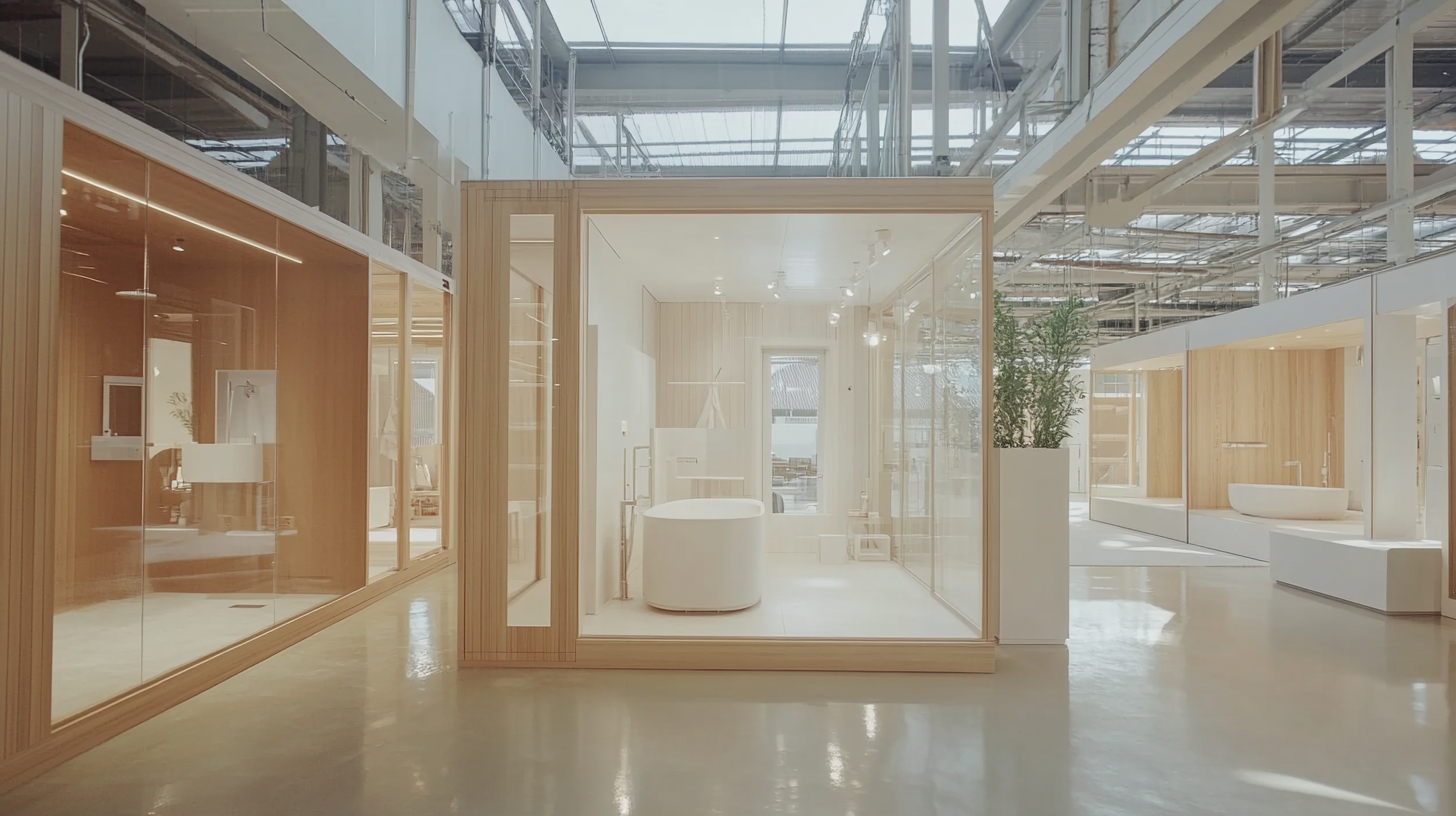In recent years, the concept of Modular Cottage Homes has gained significant traction as a sustainable and economical housing solution, driven by emerging global trends in construction and design. According to a report by Allied Market Research, the modular construction market is projected to reach $157 billion by 2023, growing at a compound annual growth rate (CAGR) of 6.9%. This growth can be attributed to increased demand for innovative housing solutions that meet the needs of a rapidly urbanizing population. Chinese manufacturers have led the way in this sector, leveraging advanced engineering and manufacturing processes to produce high-quality, affordable modular homes. As nations grapple with housing shortages and escalating construction costs, Modular Cottage Homes stand out as a viable alternative—offering quick assembly, reduced waste, and customizable designs. This blog will explore how these homes, powered by Chinese manufacturing excellence, are reshaping global markets and making quality living space accessible for all.

Modular cottage homes are transforming the landscape of global housing markets, bringing innovative solutions to the forefront of sustainable living. These homes, constructed using advanced Chinese manufacturing techniques, offer a unique blend of affordability, efficiency, and environmental consciousness. Their modular design not only allows for quicker assembly and flexibility in layout but also significantly reduces waste during the construction process. As the global population continues to rise, the need for affordable housing solutions becomes increasingly urgent, and modular cottages stand out as a viable option.
Furthermore, the benefits of modular cottage homes extend beyond mere construction efficiency. They promote energy-saving features, such as superior insulation and eco-friendly materials, aligning perfectly with modern sustainability goals. For developing regions, these homes can be rapidly deployed, providing communities with essential housing in times of crisis or natural disasters. The ability to customize each unit according to local cultural preferences and climate conditions further enhances their appeal, making them an attractive choice for diverse markets around the world.
The rise of modular housing solutions has revolutionized how we approach home construction, offering a sustainable and efficient alternative to traditional building methods. At the forefront of this transformation is Chinese manufacturing, which has harnessed advanced technology and production techniques to craft modular cottage homes that are not only innovative but also cost-effective. By leveraging economies of scale and efficient supply chain management, Chinese manufacturers have made it possible to produce high-quality modular homes quickly, reducing lead times and meeting growing global demand.
Moreover, Chinese manufacturers are committed to enhancing the modular housing sector through continuous improvement and innovation. They incorporate smart design principles, sustainable materials, and energy-efficient technologies into their products, aligning with global trends toward more environmentally friendly living solutions. This focus on sustainability not only addresses housing shortages in many regions but also contributes to a greener planet. As these modular homes gain traction in markets worldwide, the role of Chinese manufacturing becomes increasingly vital in shaping the future of housing, creating opportunities for collaboration and investment across borders.
The modular home construction industry is witnessing a transformative shift as Chinese manufacturers embrace sustainable practices that not only enhance efficiency but also significantly reduce environmental impact. By employing advanced technologies and eco-friendly materials, these manufacturers are setting new benchmarks in the production of modular cottage homes. This innovative approach minimizes waste during construction, uses resources more effectively, and prioritizes renewable materials, emphasizing a commitment to sustainability that resonates with global consumers.
Moreover, the incorporation of sustainable practices in modular home building extends beyond material selection. It involves optimizing energy efficiency and reducing carbon footprints through smart design and construction methods. For instance, many modular homes are built with energy-efficient appliances and renewable energy options, such as solar panels. This not only lowers operating costs for homeowners but also contributes to a more sustainable future, making modular homes an attractive choice for environmentally conscious buyers. As the demand for sustainable living solutions continues to grow, the role of Chinese manufacturing excellence in pioneering these practices becomes increasingly significant, empowering global markets with innovative and eco-friendly housing solutions.
The modular cottage home market is experiencing a surge in interest, driven by the desire for customization and design flexibility. According to a report by the Modular Building Institute, the modular construction sector has seen consistent growth, with a projected increase in market size reaching approximately $157 billion by 2025. This reflects a growing recognition of the benefits of modular construction, particularly in providing homeowners with tailored solutions that meet unique lifestyle needs.
Customization opportunities in modular cottage homes allow consumers to select layouts, materials, and finishes that resonate with their personal style. Innovative manufacturers in China are leveraging advanced technology and manufacturing processes to offer an extensive array of choices. Research indicates that 70% of potential homeowners are looking for options to modify floor plans and design elements in their homes, indicating a significant opportunity for the market. By embracing these customization opportunities, modular homes are not only more appealing to a wider audience but are also establishing themselves as sustainable and efficient alternatives to traditional construction methods.

The modular housing market is experiencing unprecedented growth, driven by innovative design, sustainability, and the need for rapid deployment in various global regions. According to a report by Market Research Future, the modular housing market is projected to reach a staggering USD 141.9 billion by 2025, growing at a CAGR of 6.5%. This trend is largely fueled by increasing urbanization and the demand for affordable housing solutions, especially in developing economies.
Modular cottage homes, in particular, have gained traction due to their ability to be customized and rapidly assembled. Manufacturers in China are leading the way, with state-of-the-art facilities that emphasize efficiency and sustainability. Reports from Statista reveal that the global construction sector is increasingly leaning towards using modular techniques, with 80% of construction firms anticipated to adopt modular methods by 2028. This shift not only reduces construction time but also minimizes waste and enhances energy efficiency, making these homes a compelling option for environmentally conscious buyers. Embracing modular living signifies a pivotal step toward meeting the housing challenges of the future while aligning with global sustainability goals.

